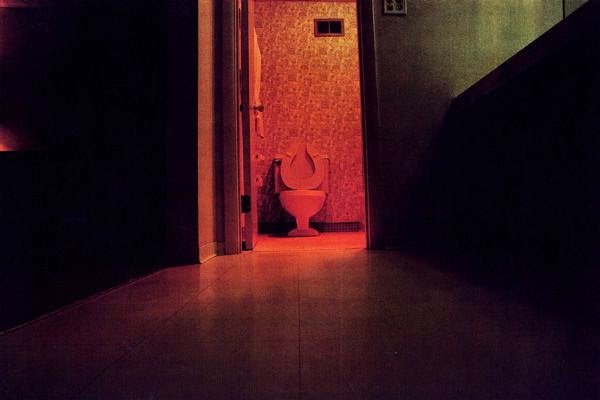Michael Kenna
As I came across Michael Kenna, I looked at his photography work and really liked his technique. Kenna is well known for his black-and-white landscapes. Firstly, I became attracted to his work because even though the majority of them are black-and-white, they are so interesting and extraordinary. Once I began to research more of his work, I realised that a lot of his work displayed the formal elements of depth, tone and line, which made his work perfect for an influence for my photography work. I also like that Kenna has taken so many landscape photos, but every image is different and unique, so he hasn't ever taken photographs that are the same. Kenna has influenced my photography by showing me how to emphasise the tone in lots of different places, e.g. one of his images is of tall trees in a forest, and due to the way he has edited it, the trees look almost black against a clear white sky; which intensifies the tone.
I chose to feature this image in this post because it displays the formal elements of line, through the train tracks. Also, I like that the foreground of the image is much clearer and darker than the background, as the background is quite misty, therefore making the photograph mysterious. This also plays on the concept of tone, as the image shows both dark and light.
I then went on to choose this image. I particularly liked this image because of it's tone, it's not bright but it's not dark either. It's in between the two and therefore makes us lean in closer to get a better look at the photo, and this draws our attention. I also like that this photo could represent both line and depth because the tree's look like lines, but then we are able to see that they get narrower as they are further away. Another reason why I like this image so much is that it gives you a sense of actually being there, under the trees, looking up at them.
I chose this image because it interested me, but also confused me a little. I wanted to use this image because it clearly reflects line. I found this image with the title "Twenty one fence posts" which practically sums up the entire photo. However, I found this image appealing because of the simplicity of it. It makes the ordinary seem extraordinary. I also like that the background of the image is almost, all white and then the fence posts against this are black. This makes us focus on the fence posts as it is almost like seeing black lines on a blank canvas. This photo also features tone because of the contrast between the dark fence posts and light background.
Finally, I chose this photograph because of how evident the depth of the bridge is. We can clearly see that the bridge becomes narrower the further away it gets. This makes us question where the bridge leads too. Also, I like that the bridge has been centered, so it is the first thing we look at, but then, as we look around it we don't really see anything apart from the sky and the ground, which brings us back to the bridge. This photo could also represent line because of the wooden planks which make up the bridge.
Michael Kenna's work has inspired me to take photographs of landscapes, and ordinary aspects of everyday life, so that I can represent the formal elements within them. I also want to work with simplicity, so that I can make a straightforward image look mysterious and extraordinary. I'd like to include this technique for taking photographs from Kenna, in my own work. In order to portray this sense of mystery, Kenna uses depth. In these images, it looks as though the object is leading somewhere, and I'd like to use this style to create the same effect. Kenna also uses lines in his photographs, which are so simple yet so effective. I would like to use this style in my own work. For instance:
In this image, I have used the same style as Kenna, and therefore used an ordinary object (a brick wall), and made it look extraordinary. I have done this by showing the depth of the wall by putting my camera at a perplexing angle. Kenna also does this, and I was influenced by his work to do the same within my own work.
This is one of my 'Line' photographs. Like Kenna, i have used something simplistic, and made it look completely different to what it actually is by focusing on the lines it shows. This photo was also influenced by Kenna by showing the depth of the lines, as they get narrower towards the background of the image.
In summary, I like Michael Kenna's work because the subject of his images is always ordinary, yet the angle and style in which he takes his photographs makes the subject look extraordinary. His work explores depth so intensely, and i'd like to be able to take photographs like the ones i have included in this post of his.






















































